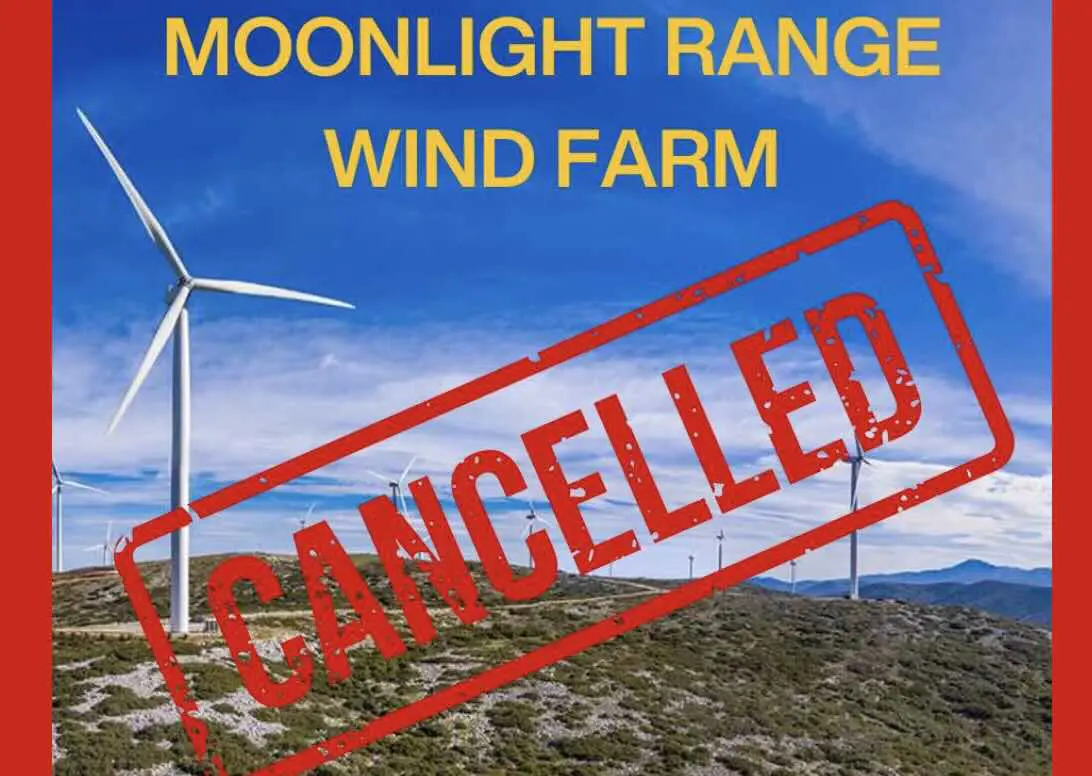Just over one year ago, the Clean Energy Council state dinner in Queensland was graced by the then energy minister Mick de Brenni – sporting a pair of white running shoes partly made from recycled wind turbine blades, and putting the then CEC boss Kane Thornton through a physical test with some impromptu push-ups on stage.
That was the spirit of the state at the time. Do what you need to do to get things done, and for a brief moment it looked like Queensland was the place to be for the renewables industry in Australia.
It had a strong and clear target to transform the country’s most coal dependent grid into a wind and solar beacon, and tens of gigawatts of projects lining up to show it was not just the Sunshine State, but it also had the best and most useful wind energy resources, and lots of options for storage.
How times have changed. This year, the new state LNP government didn’t even bother to turn up at the CEC event in September, or the Smart Energy Council event a week earlier.
Which is a shame, because the planning minister Jarrod Bleijie, who is earning a reputation as something of a one man wrecking ball for the local wind industry, fancies himself as an Elvis impersonator.
 Planning minister Jarrod Bleijie and Queensland premier David Crisafulli. Source: Facebook.
Planning minister Jarrod Bleijie and Queensland premier David Crisafulli. Source: Facebook.
Bleijie could surely have chosen any number of Elvis classics to try and woo the energy skeptics – “All shook up”, “Suspicious minds”, “Baby I don’t care” or even Presley’s most famous hit of all “Can’t help falling in love (with your wind project, not).” It might have brought the house down.
In the last few months Bleijie has shocked the industry with decisions to rescind the planning permits of two previously approved wind projects – Moonlight Range and Forest Wind – and has called in two more. As the Facebook post above illustrates, there is an element of triumph in his achievements.
The LNP has made clear it intends to rip up Labor’s renewable energy targets – 50 per cent by 2030 and 80 per cent by 2035 – and has hinted it may even backtrack on its election promise of not touching the emissions targets.
It has also made clear also that it wants to keep burning coal as long as it can – “for decades” according to some MPs – and has already committed to $1.5 billion to defend its reputation as the most coal-dependent state in the country.
Details of the plan will be revealed this Friday by the man who is actually the energy minister, David Janetzki, and on whom big hopes rely. The industry believes him to be both sensible and intelligent – well, he listens – and are waiting to see how LNP party politics plays out in actual policy.
But some are not waiting to find out. Last week, in an exquisite piece of timing, the state’s biggest energy consumer – Rio Tinto, which owns the giant aluminium smelters and refineries in Gladstone – let it be known exactly what it thought should be done.
Rio Tinto announced it had advised the Australian Energy Market Operator of the likely early closure of the state’s biggest coal generator, the 1.68 GW Gladstone facility, bringing it forward to 2029 instead of 2035.
It was hardly a surprise, given that Rio Tinto has already made it clear that the future of its smelting and refining operations depend on gaining a low cost and low emissions energy supply, and has lined up already three major wind, solar and solar-battery hybrid contracts, each the biggest of their type in Australia.
These, of course, are the very sort of projects that many within the state and federal LNP have suggested are not needed, and not wanted.
Bleijie even called in the wind farm that Rio Tinto intends to contract, the 1.4 GW Bungaban project. But it was quickly allowed to stand. Some speculated that some voices and some phone calls are more powerful than others.
Queensland has the youngest coal fleet in the country, but it is already struggling to maintain them. The Callide coal plant disasters have sent the government owned CS Energy into its fifth net loss for the last five years, and this one is substantial – $324 million.
The state government has already vowed to spend $1.5 billion on ensuring its remaining coal generators are properly maintained, and the hints leaking from government into local media suggest a strong emphasis on gas – this in a state which already boasts the highest wholesale electricity prices, and the lowest share of renewables.
The other signs are not good. It has decided to fold the Yurika division of Energy Queensland – which was its innovation hub, building renewable energy projects and EV charging networks – back into the parent company.
It is the only state yet to agree with the federal government on a deal for the Capacity Investment Scheme, and in last week’s episode of Renew Economy’s weekly Energy Insiders podcast, federal energy and climate minister Chris Bowen was highly critical of some of the LNP decisions.
And its new planning laws – which the renewables industry complains hand an effective veto on projects to local councils – are said by some to have gone too far. Some councils are clearly opposed to the transition, others are said to be very supportive.
Many key executives from state owned utilities and the government service have left, or are leaving, prompting some to fear a renewable “brain drain” from the state.
At the Queensland summit last month, renewable energy industry leaders were clearly hopeful, but obviously a little nervous – and were keen to defend their record on planning and consultation with local communities.
“I think we have done a pretty good job,” said the then acting CEO of the CEC Brett Wickham, whose company he headed, Acciona Energia, is building some of the state’s biggest projects, including the MacIntyre wind complex and the Aldoga solar far,
Not everyone thought it had gone well, however. Joe O’Brien, the head of Copperstring 2.0, says social licence unravelled with the siting of the Kaban wind farm, built by Neoen Australia, on the Atherton Tablelands.
“To be frank, the worst thing that happened to Queensland renewables was building the Kaban wind farm up on the Atherton Tablelands,” O’Brien said.
“And I’m sure that offends some people, but that has has had adverse and unanticipated consequences that resonate all through rural Queensland. And so we need to learn from those things, even though, prima facie, the policy landscape was very positive.
“:Queensland does have the two … largest industrial renewable PPAs ever written in Australia. We’ve got the largest transmission network with Copperstring 2.0 and a deeply supportive, deeply conservative community in the towns along its corridor.”
In the end, the LNP is expected to commit to using government money to keep coal fired power stations operating for longer, and to build new gas-fired peaking stations.
Other states, like NSW, envy its continuing ownership of state owned generators, which mean it doesn’t have to go pleading – like the NSW and Victoria and South Australia governments – for private business to keep some stations open to deal with delayed renewables.
But the big question is – how much renewables does the LNP want, and how much will it allow. It will leave it likely entirely in the hands of private investors. Rio Tinto has made it clear what it wants and needs, and other industries may have to follow.
And that applies to households as much as to business. Queensland still leads with the highest uptake of rooftop solar, and one of the strongest markets for household batteries.
The federal Coalition astonished many by ignoring consumer energy resources in the most recent federal election campaign and putting all its eggs in the nuclear basket.
It will be interesting to see what the LNP chooses to do – household solar and batteries is a clear winner among consumers, but it is also the fastest way to kill the need for its ageing coal fired generators. A little bit of reality is going to have to be injected into party energy ideology, and the personal preferences of some MPs.
See also: Big Smoke or big battery? How SE Queensland could meet its energy needs from the sun
Giles Parkinson is founder and editor-in-chief of Renew Economy, and founder and editor of its EV-focused sister site The Driven. He is the co-host of the weekly Energy Insiders Podcast. Giles has been a journalist for more than 40 years and is a former deputy editor of the Australian Financial Review. You can find him on LinkedIn and on Twitter.

